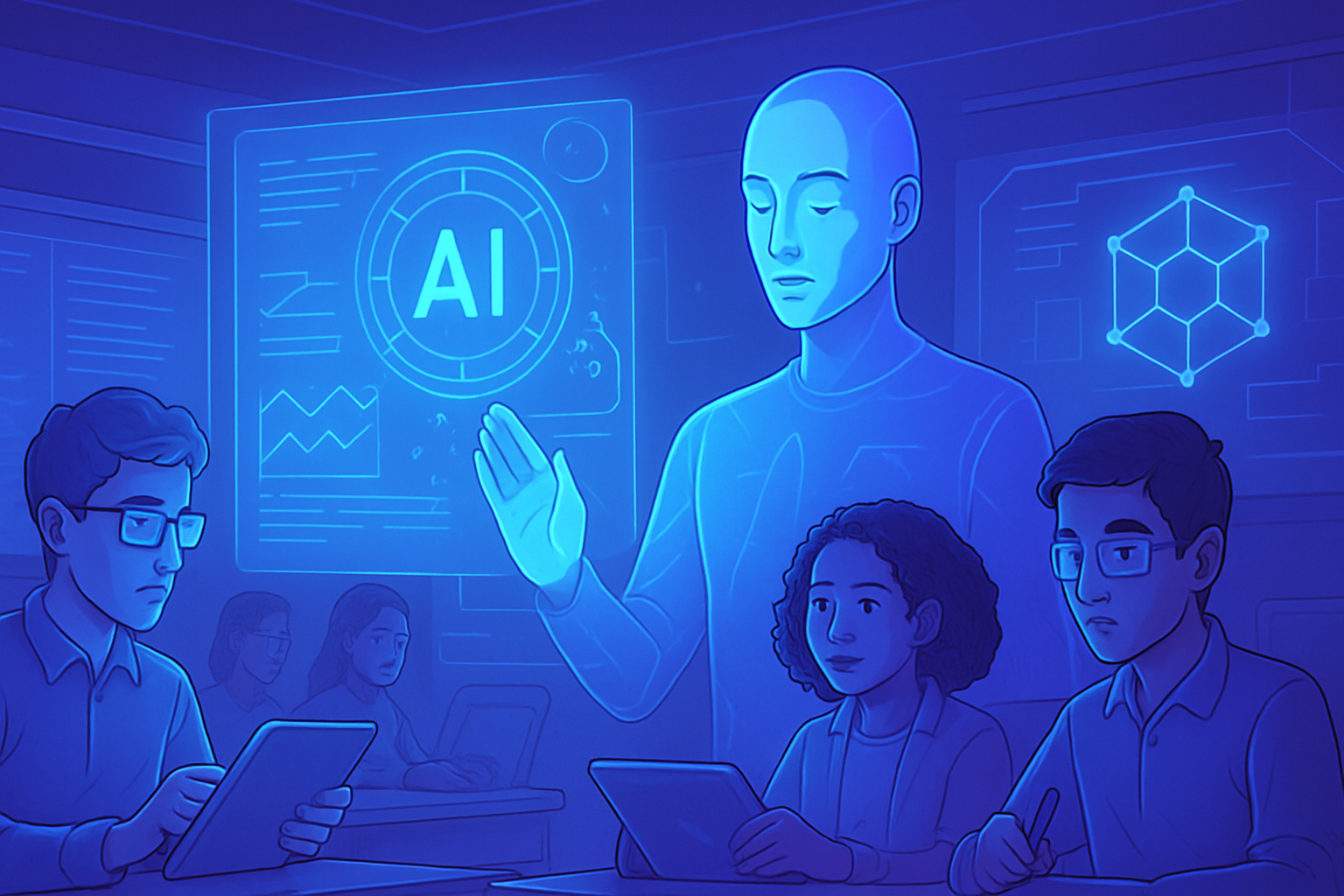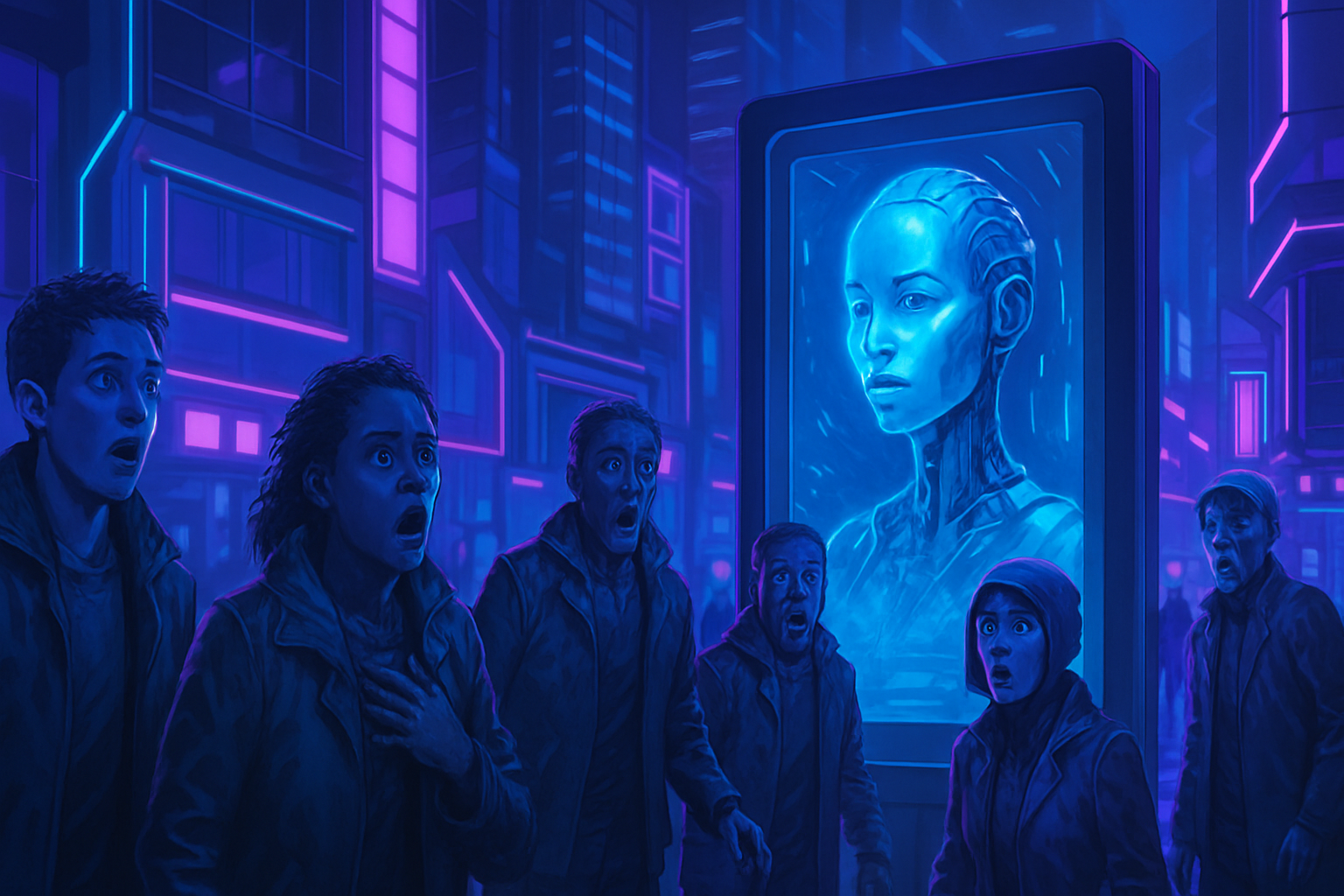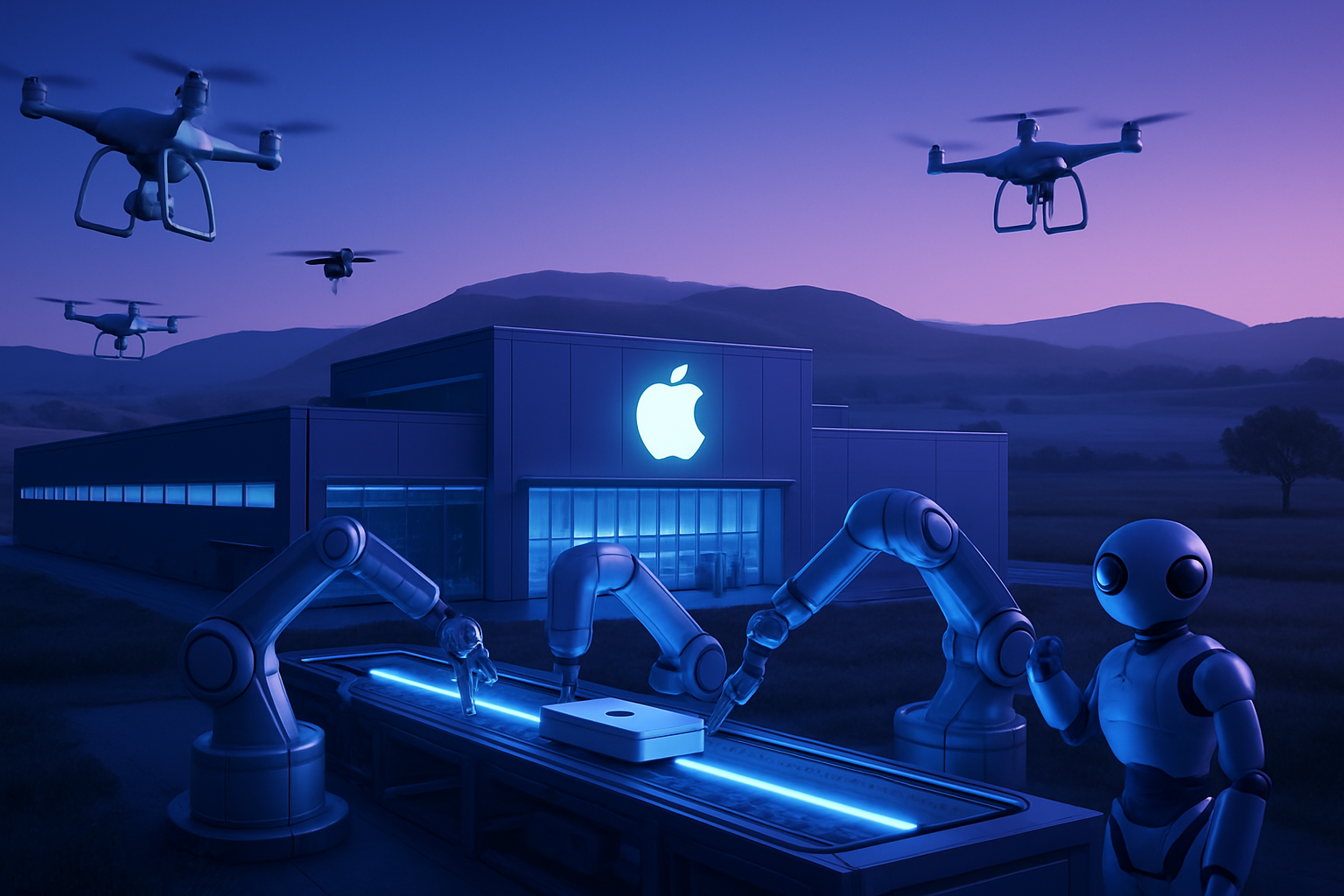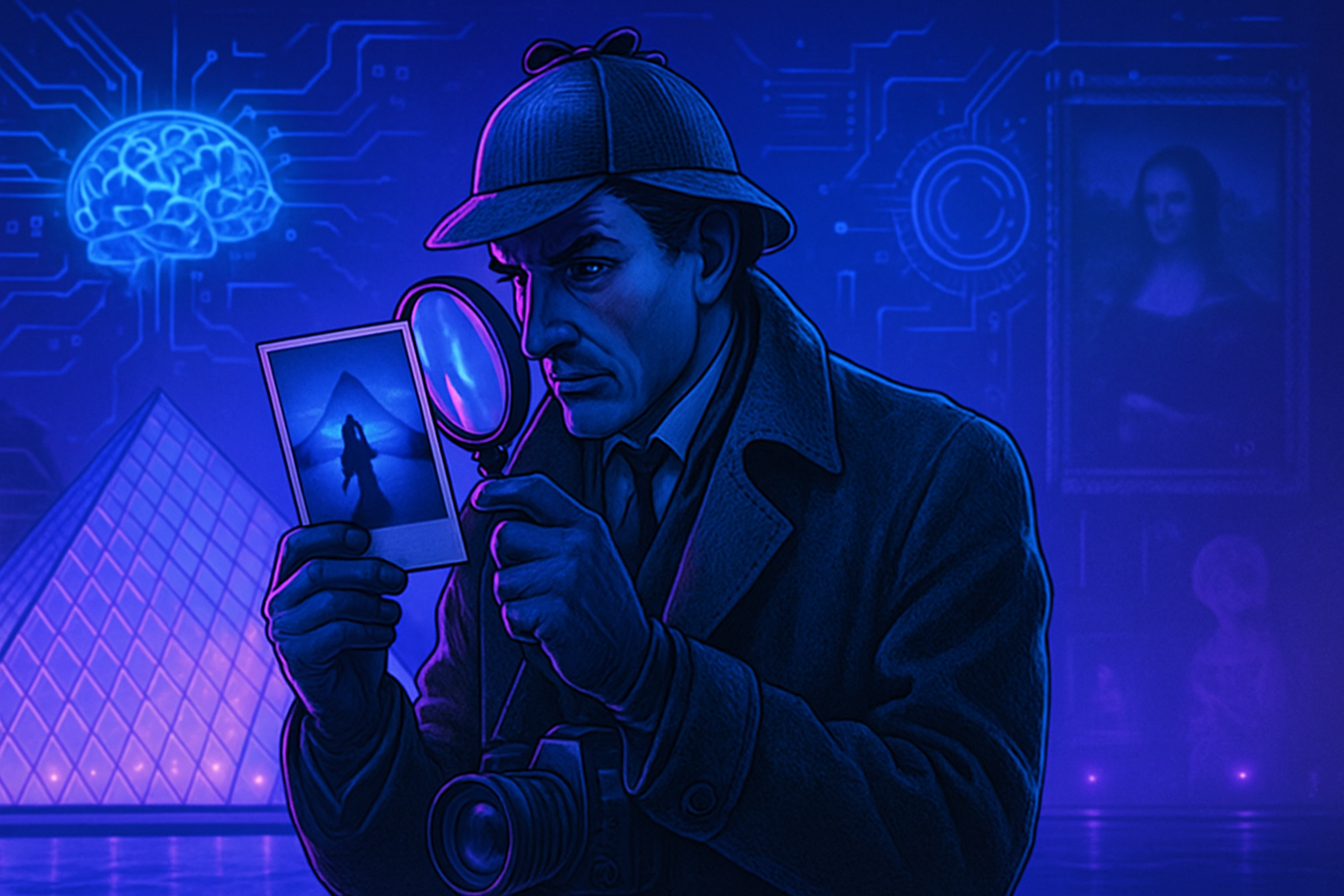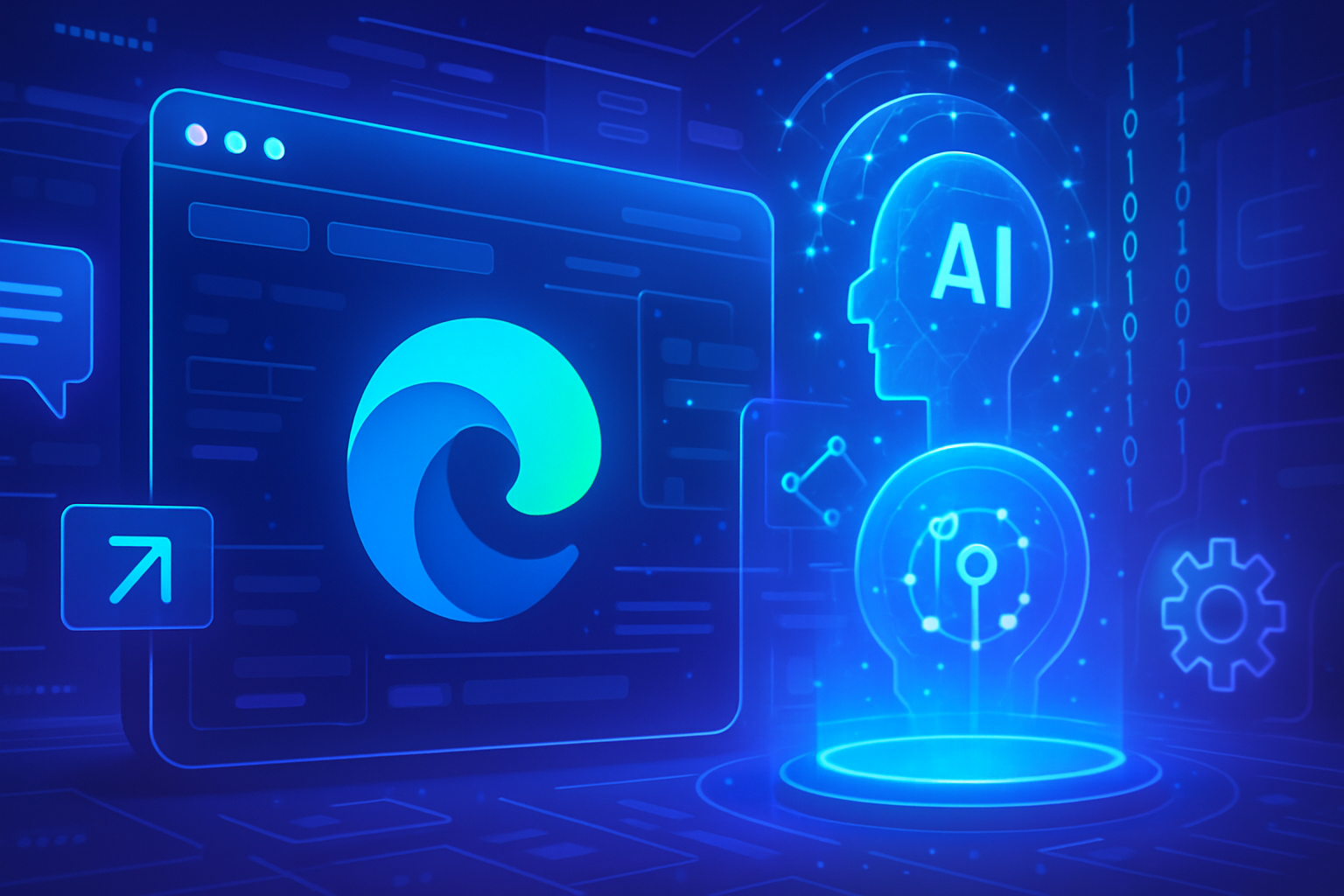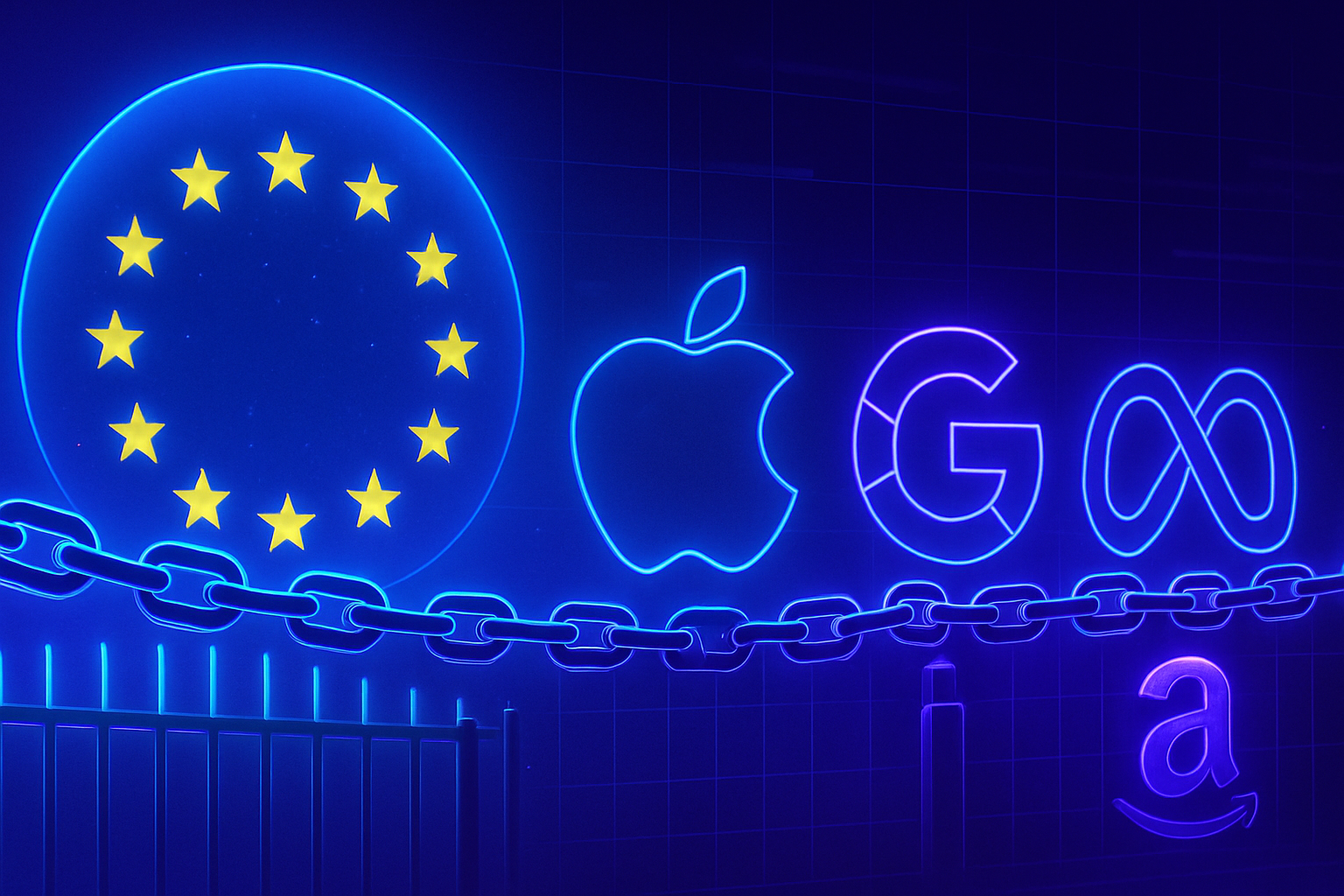The ubiquitous presence of artificial intelligence in the educational sector raises profound questions. Unprecedented challenges loom on the horizon, questioning the very foundations of traditional learning. The interaction between teacher and student is evolving, confronted with tools that require rapid adaptation to new realities. The seminars I have led illustrate this struggle to navigate through a critical period of pedagogical transformation.
A unique educational experience
Last semester, students were faced with an unprecedented technological revolution: the integration of artificial intelligence into courses. As an instructor at a liberal arts college, applying AI tools in pedagogy necessitated a profound reevaluation of traditional teaching methods. Artificial intelligence, omnipresent, has altered both the interactions and the expectations of students regarding the concept of learning.
The challenges of AI integration
One of the major difficulties lies in the understanding of classic texts by today’s students. The thinking of Albert Camus, for example, clashes with a generation less familiar with literary and historical references. This gap creates complexity in interpreting essential works such as The Rebel. Thus, student engagement has been put to the test, faced with the realities of a changing world.
Repercussions on critical thinking
The ease of access to information, made possible by AI, raises questions about students’ ability to develop their critical thinking. Rather than imagining deep analyses, it has become common to obtain only superficial answers. This prompts one to question the very foundations of education, while students retreat to simplistic approaches.
The specificity of seminars
During my seminars, dedicated to Black thought and the work of Camus, the absence of historical references quickly became palpable. Students, unarmed in the face of a complex intellectual heritage, struggle to draw connections between contemporary events and the author’s reflections. Thus, understanding the texts comes with intensive work on the historical and literary context that must be reestablished.
Pedagogical tools and technological support
Launching debates in class on these themes, enriched by digital supports, proved essential. The use of AI tools, such as data analysis or scenario simulations, has helped accompany this challenging learning process. To delve deeper into this topic, several articles offer analyses on AI education and its innovative methods here.
Future perspectives
Considering the teaching of artificial intelligence also implies supporting students in their journey. This strategic objective, driven by institutions, aims to integrate more graduates in AI and technology. Thierry Coulhon, from the Polytechnic Institute of Paris, even discusses an ambitious project to triple enrollments in these essential fields here.
New educational technologies open up prospects while imposing adapted methods. The rise of innovations, such as AI, transforms the modalities of learning and training for tomorrow’s experts. Initiatives like those presented by IAD School demonstrate the need to elevate the level of skills development here. This redefinition is as evident as the societal challenges we must address.
Common questions about AI and my students
How was AI integrated into my teaching last semester?
AI was integrated in several ways, including the use of machine learning tools to analyze student performance and customize educational content based on their specific needs.
What difficulties did students encounter with AI in courses?
Students faced difficulties such as understanding technical concepts, excessive reliance on AI to perform analytical tasks, and adapting to new teaching methods.
How has the use of AI affected classroom interaction?
The use of AI has changed classroom interaction by reducing traditional exchanges, as some students preferred to interact with automated systems rather than with their peers or the teacher.
What benefits has AI brought to students’ learning?
AI has allowed students to benefit from personalized learning, access to a variety of resources, and quick identification of their strengths and weaknesses, thereby facilitating their academic progress.
Have students felt more or less engaged due to AI?
The sense of engagement among students has varied. Some felt more motivated by interactive tools, while others experienced a certain detachment due to reduced interaction with their peers.
How has AI influenced student assessment?
AI systems have enabled more accurate and quicker assessment of student performance, providing data on their learning habits and identifying areas needing particular attention.
What lessons have we learned from this educational experience with AI?
We have learned that while AI offers many possibilities for improvement, it is essential to maintain a balance between technology and human interaction to foster effective and inclusive learning.
